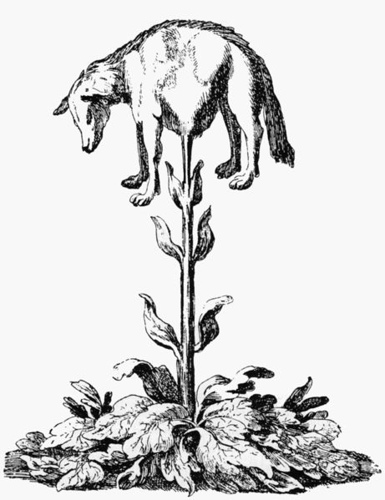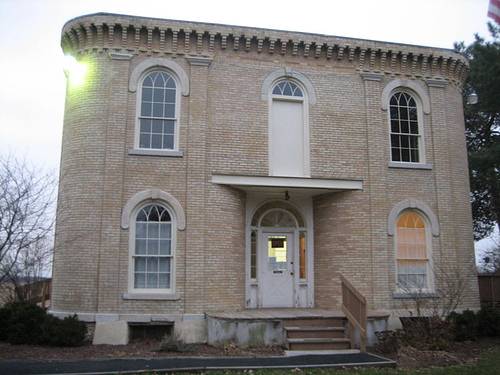PLEASE DO NOT BE A DOG.
— Sign, Paris park
PLEASE DO NOT BE A DOG.
— Sign, Paris park

On an average weekend, the emergency room at the John Radcliffe Hospital in Oxford treats 67 children for injuries sustained in accidents.
On two recent weekends, however — June 21, 2003, and July 16, 2005 — only 36 children needed treatment. Can you guess why?
deasil
adj. clockwise
October 9, 1792. One M’Gregor, a painter, in Kelso, undertook for a trifling wager to fell a bullock with his fist at three blows, which he performed in a second. What makes it more extraordinary, he is a very slender man, and not above five feet seven inches high.
— Rivington’s Annual Register, 1792

Jeffrey Hudson was only 18 inches tall, but his life was enormous. Born in 1619, the “rarity of nature” was served in a pie to a delighted Queen Henrietta, who adopted him. Thereafter he played in court masques for Inigo Jones, undertook a mission to France, observed the Spanish siege of Breda, won a duel (on horseback!) against the queen’s master of horse, was captured by Barbary pirates and enslaved in North Africa, returned to London, and was imprisoned for his Catholicism. He died in 1682, both small and great.

Okay, let’s keep an open mind here. Reportedly native to central Asia, the Vegetable Lamb of Tartary was rumored to put forth lambs as fruit in order to graze the surrounding ground. It’s thought to be a medieval myth to explain the existence of cotton.
When it ran out of grass, it died. Still, kudos.

There’s something odd about Illinois’ Bull Valley Police Department — it has no square corners.
The house was built by George Stickney, a spiritualist who believed spirits could be caught in 90-degree angles. Stickney used to hold seances on the second floor; he had lost nine of his 12 children and possibly was trying to reach them.
Whatever the truth, the house seems a poor place for a police department. There are numerous rumors of paranormal activity, and so far two officers have quit.
Last week, while the sexton of Tynemouth Church was digging a grave in North Shields Church Yard, he imagined he heard a feeble voice under his feet, pronounce the word ‘murder!’ but looking down, and perceiving nothing, he plucked up his spirits and resumed his work. No sooner, however, did he begin to make use of his spade, than the same awful sound vibrated three times in his ears: the courage of the astonished Moses forsook him — the spade dropped from his grasp, and, with the agility of an harlequin, he skipped out of the grave, and fled from the church yard, to the no small amusement of those who were in the secret. A soldier practising ventriloquism, who was placed at a convenient distance, conveyed the sound.
— Times, Oct. 29, 1808

“Ours has been the first [expedition], and doubtless to be the last, to visit this profitless locality.” — Lt. Joseph Ives, after visiting the Grand Canyon, 1861
abscotchalater
n. one hiding from the police